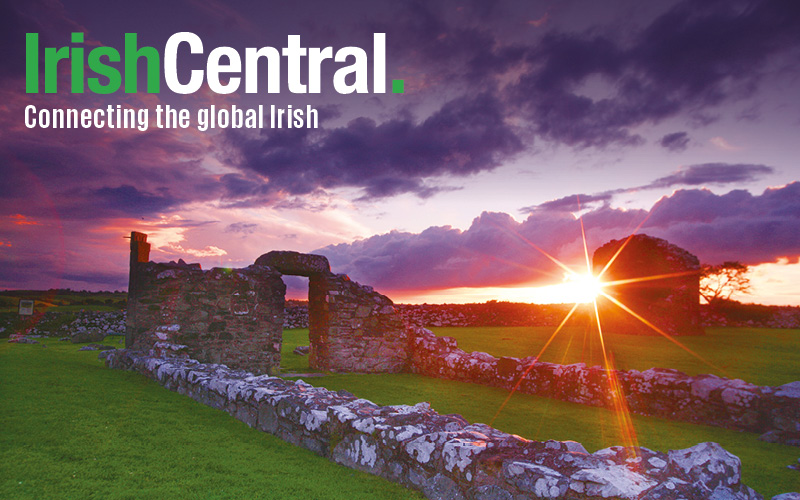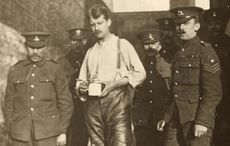IT was the best of times and the worst of times at Gaelic Park in the Bronx last Saturday night as the official opening of the new pitch took place.
On hand was GAA President Nickey Brennan as well as a host of other luminaries and the all-star hurling teams from Ireland, who played a thrilling game under the new floodlights to mark the occasion. Despite the sub-zero weather almost 1,000 fans showed up for the proceedings.
The new pitch is spectacular, a massive improvement on the old which looked like a dustbowl during the long, hot summers. This all-weather pitch, paid for by the GAA and Manhattan College, which shares ownership of the field, is a glory to behold and a tremendous tribute to the GAA both in New York and Ireland who raised $1.5 million to make it a reality.
The new facility finally lays to rest one of the greatest continuing controversies in Irish circles in America, the future of Gaelic games in New York.
Many attempts were made to build a facility elsewhere and to fashion a totally different headquarters for Irish exiles abroad. When those efforts came to naught, the New York GAA President Seamus Dooley and his committee wisely took what was on hand and have created a great new center.
The sight of Ireland's best hurlers playing the centuries old Irish game was a fond reminder of glory days in New York and America for the GAA, Ireland's leading sports organization.
Amazing to think that in 1947, not far from Gaelic Park, the All-Ireland football final was played, Ireland's equivalent to the Super Bowl, the only time in history the match was played outside Ireland.
Back then the GAA was a massively strong organization in New York. It was far more that a sporting club. It was also the social center for the community.
New emigrants were assured a warm welcome, even more so if they could play either of Ireland's native games, hurling or Gaelic football.
In addition, the new emigrant found a friendly place to find work, meet a future spouse, or just bask in the glory of remembering the old days back in Ireland.
These days those activities still go on at Gaelic Park, but the dearth of young people coming from Ireland has meant that the lifeblood of the GAA is slowly ebbing away.
There has already been a large reduction in the number of teams playing the games in Gaelic Park and elsewhere throughout the U.S. Hurling in particular has suffered badly because it is not a game that native-born Americans can pick up easily.
On the other hand, ladies football and Gaelic football have not suffered as much in part because American-born players have been recruited.
Extraordinary efforts have been made in underage Gaelic football, with over 5,000 kids taking part in competitions across the U.S.
Despite these steps, however, the future of the GAA is by no means secure. The path to future growth still lies with a reasonable flow of immigrants coming form Ireland to keep the traditions alive.
In the meantime, the New York, Chicago and Boston GAA organizations have accomplished remarkable feats with great new facilities that bring the sport into the 21st century.
Last weekend at Gaelic Park we saw the beginning of a new chapter for the GAA in America. Everyone involved deserves hearty congratulations.
We can only hope that with immigration reform, the numbers of players will soon be replenished also.




Comments